The post Tips For Making Someone Comfortable in Front of the Camera appeared first on Digital Photography School. It was authored by Kevin Landwer-Johan.
For many photographers, making someone comfortable in front of the camera is a huge challenge. It’s often so difficult that they shy away from photographing people altogether. Or they only photograph people candidly with a long lens.
Much has been written about camera control, composition, and other aspects of photography. These things require no relationship skills.
But when you photograph people, making your subject comfortable is often essential.

When a person does not like having their photo taken, it shows in their expression. Your camera captures this. That’s why you need to help your subject overcome their anxiety about being photographed (which is particularly difficult for shy photographers).
Here are fifteen tips for making someone comfortable in front of your camera.
Tip #1: Provide instructions before the photo session
Prepare your subject before the photo shoot. Talk about what they will wear. Suggest the best time of day.
Take into account the timing. Will they be needing to rush away to another appointment? Having plenty of time is helpful.

Tip #2: Prepare ideas for what you want to do
Turning up to a portrait session with no ideas is not a good way of making someone comfortable. Talk with your subject prior to the photo session and share some of your ideas.
Talk with them about what they want. Tell them your ideas for the portrait session, and ask if they have anything specific in mind.
Be positive, even if you don’t like what they are suggesting. If you follow through with their suggestions, it will help them feel included. They’ll then be more likely to relax and enjoy themselves.

Tip #3: Choose a good location where your subject will be comfortable
You may use a certain location because you love it. But your subject may not like it at all. Check with them first.
There’s no point picking a place to photograph that will make your subject uncomfortable.
Often, it’s best to find somewhere away from where other people will be. If your subject is uncomfortable being photographed, they will not want to do the session in a location where others can see the process.

Tip #4: Be early to your photo session
Arrive at the location of your photo session plenty of time before your subject does. Scope out the location. How is the lighting? What will be in the background? Figure out the best combination of these things and some places to position the person you’re photographing.
This may not seem relevant to making someone comfortable, but it is. The more you can sort out these issues in advance, the more you’ll be able to give your attention to your subject when they arrive.

Tip #5: Have your gear set up and ready
Make sure your camera equipment is set and ready to use. Are your camera batteries charged? Do you have enough space on your cards? Will you need to use your flash or a reflector?
Know what exposure mode you’ll use. Set up your camera as much as possible before the person you’re photographing even arrives.
Having your gear set and ready to use allows you to concentrate more on your subject and on other aspects of photography. Making someone comfortable requires you to pay more attention to the subject than to your camera.

Tip #6: Take time to connect with your subject
Be there for your subject and let them know it. Don’t rush in and start taking photos immediately. Spending time having a conversation will help them relax and build confidence in you.
Focus the conversation on them and keep it positive. Don’t discuss how difficult it was to find parking, and don’t discuss politics. These topics are not uplifting and will not help make someone comfortable.
Show you are interested in who they are. Asking people questions shows you care about your subject and will help build their confidence.

Tip #7: Coach your subject
Explain to your subject that when they’re stressed, this will show in the photographs. You know they need to relax and why, but they may not know this. You need to take some time to explain it to them.
People often don’t look the same way in a photograph as they do in the mirror. Even if they’re stressed and see their reflection in a mirror, it’s different than the way they will look when being photographed if they are not relaxed. They will not like what they see in the photos. It’s vital that you overcome this, and explaining your reasons will often help matters.
If you get the sense that a person is uncomfortable being photographed, talk to them about it before the photo session. Then remind them again before you start taking photos. Give them time to think about what you’ve said and continue your conversation. It’s almost like giving someone a mental massage to help their mind relax.

Tip #8: Remind your subject how good they look
Frequently commenting on how good a person looks will help them have confidence and feel more relaxed. Be careful to be genuine. Notice moments when your subject is more open and carefree. These are the times to compliment them as you are taking their photographs.
Tell them how happy you are with the photos you are taking. Talk to them about their smile and how good their hair looks. Mention positive aspects about the clothing they have chosen. Talk about how nice they look in a certain pose.
Don’t overdo the compliments or you’ll start to sound fake. Keep it balanced and be gentle but honest if something doesn’t look right.

Tip #9: Fix hair and clothing
You can almost always find some aspect of a person’s hair or clothing that needs a little tweaking. Even when you can’t see anything out of place, tweak anyway!
Paying attention to these details and putting them right does two things. It’ll make your photos better, and it will help make your subject comfortable. They will feel good that you’re paying attention to them and you’re focused on making them look good.

Tip #10: Start with a long(ish) lens
Put a little distance between your camera and your subject. Getting too close may not be comfortable for them. Using a 105mm or 135mm lens will provide a convenient distance.
Don’t use a monster of a lens. This can be intimidating. It’s one reason I am not a fan of 70-200mm f/2.8 zooms; they are so bulky and can be off-putting.
A little further into the photo session, you can consider coming in closer with a 50mm or 35mm lens. The person you’re photographing will need to feel good about you being this close. If they are comfortable at closer distances, your photos will be more intimate than ones taken with a long lens.

Tip #11: Show your subject the photos you’re taking
The monitor on the back of a digital camera is a great tool for making someone comfortable. When you show them how good they’re looking, it’ll build their confidence.
This young woman was surprisingly uncomfortable when I came to photograph her and some of her friends. She was part of a drama group, and I’d observed her confidence on stage in front of a crowd. But the self-assurance was missing when she was in front of my camera for the first time. Once I’d taken a few good photos, I showed them to her. She was impressed, so she immediately relaxed and enjoyed the photo session greatly.

Tip #12: Slow down
Take time to do what you do well. Don’t be in a rush. Work carefully. Check your camera settings. Review your photos and make changes when you need to. Don’t work so fast you miss when you are making mistakes (because they will happen).
Plan for the photo session to last more time than you think it will. If you have extra time at the end, buy the person you’re photographing a coffee. This might be another opportunity for a few more nice pictures of them.

Tip #13: Provide some form of distraction
Use props or another person to help draw attention away from yourself and your camera. When someone is nervous about being photographed, it can help when they are distracted. They are more likely to look relaxed and natural when they are not paying attention to your camera.
When photographing a bride at a wedding, I’d often get the groom to stand just behind me and have him talk to his bride. There’s no way I’d get the same look from a bride as when she’s looking at her groom.
For this photo, I asked the subject to pretend to talk on her phone, as I thought this might help. It worked very well. Later she told me that she had actually called a friend and was talking to her, so she was totally distracted.

Tip #14: Genuinely have fun!
Have a nice manner and be positive; this will help you inject some fun into the photo session. When people are happy and relaxed, you’ll certainly get better photos of them.
Come up with some things that you can talk about or funny stories you can tell. Try to laugh together when things don’t go exactly as planned. If you have a positive attitude, this will rub off on the person you are photographing.

Tip #15: Be confident and your subject will be confident in return
Confidence in what you are doing is vital. Don’t be brash and boastful. Don’t bamboozle people with your photography knowledge or with how good your camera is. Just use your camera with certainty. If you are stressed and nervous yourself, the person you are photographing will feel uncomfortable.
Being quietly confident in what you’re doing, even if you’re a shy photographer, will help your subjects relax. Your mood and attitude will be reflected back to you by the people you are photographing.

Conclusion
Making someone comfortable is as important as getting your camera settings correct. So often I see portraits of people where it’s obvious they were not relaxed. As a photographer, it’s your mission to ensure the person you’re taking pictures of looks good. Much of this depends on how relaxed and confident the subject feels.
And I am not satisfied with the portraits I take unless my subject is, too.
Let me know in the comments below which of these tips you find the most helpful. Please also share other techniques you use for making someone comfortable when you are photographing them.
The post Tips For Making Someone Comfortable in Front of the Camera appeared first on Digital Photography School. It was authored by Kevin Landwer-Johan.










































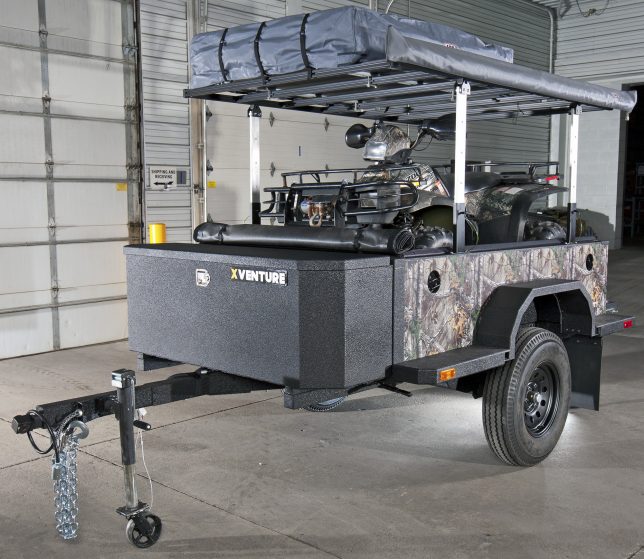
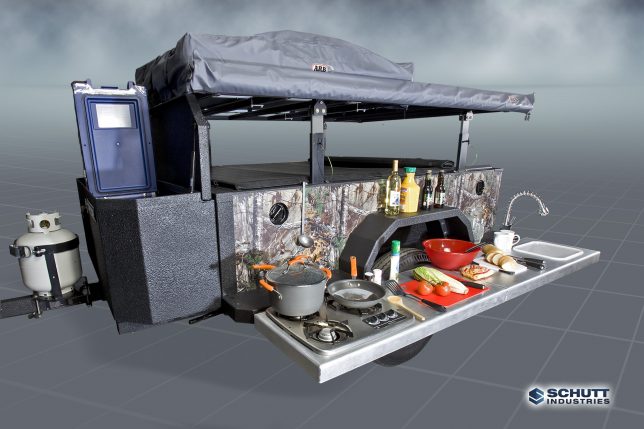
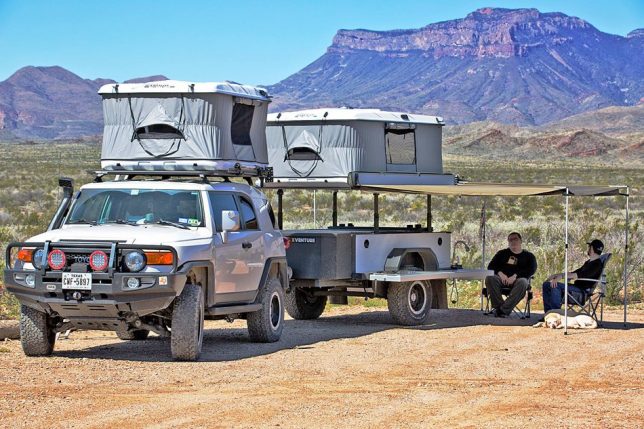


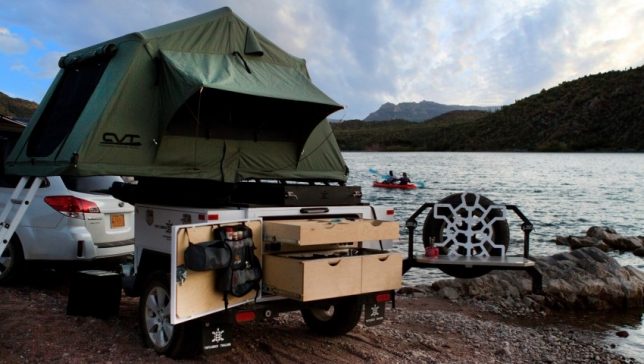

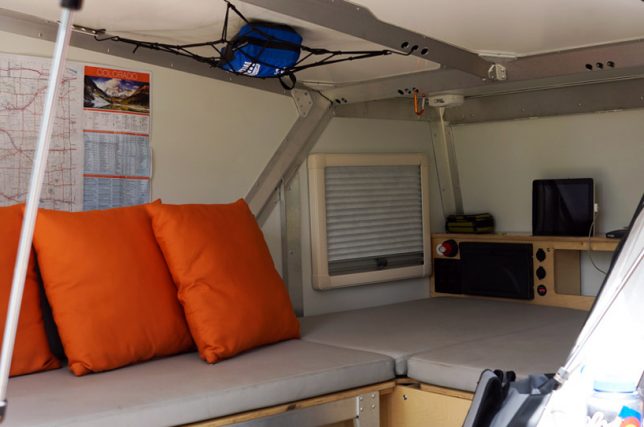
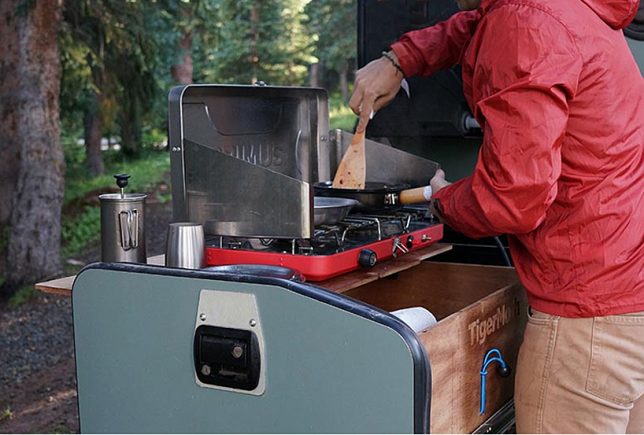




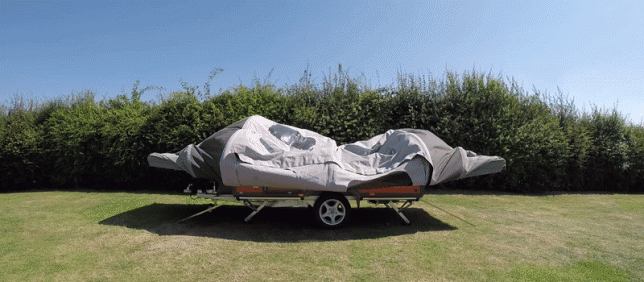
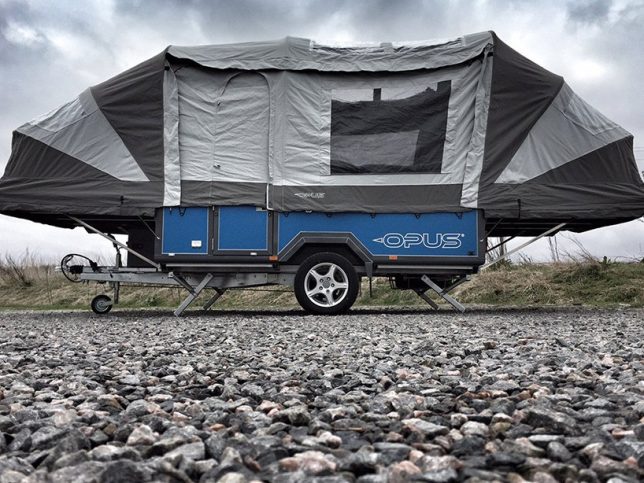
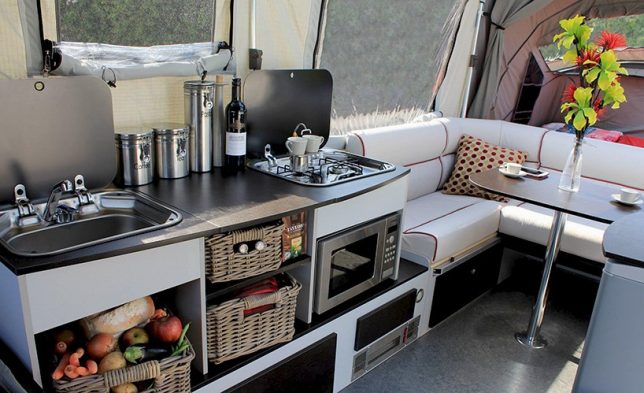
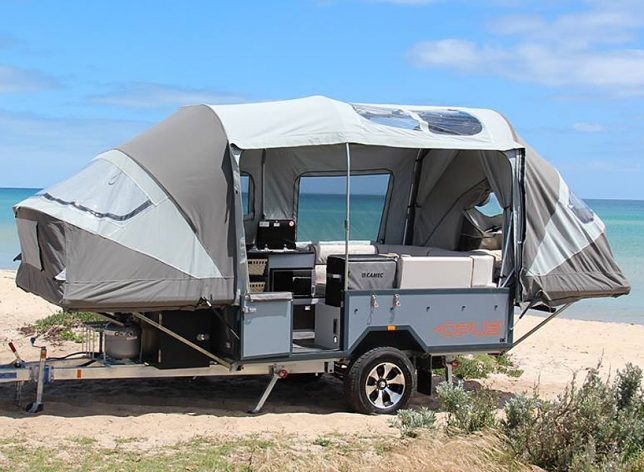
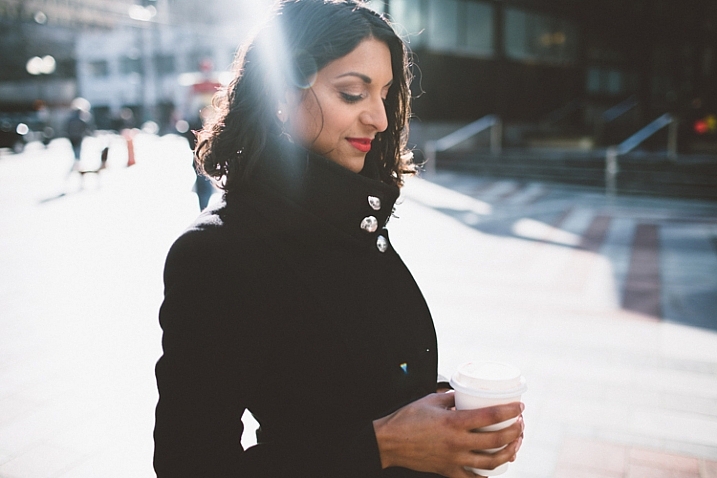

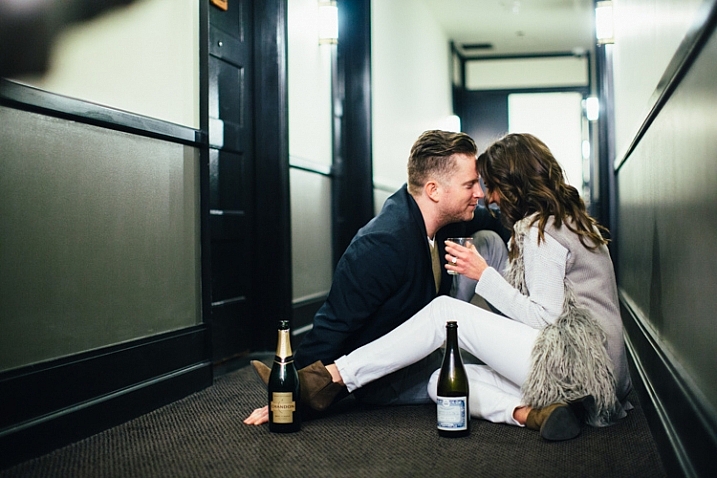
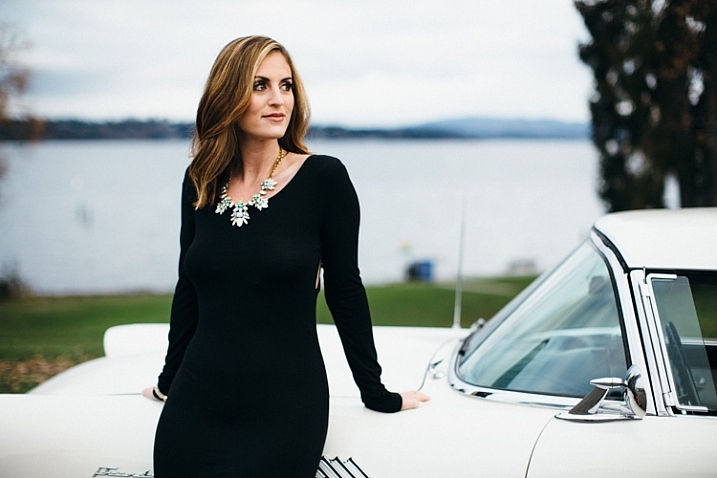
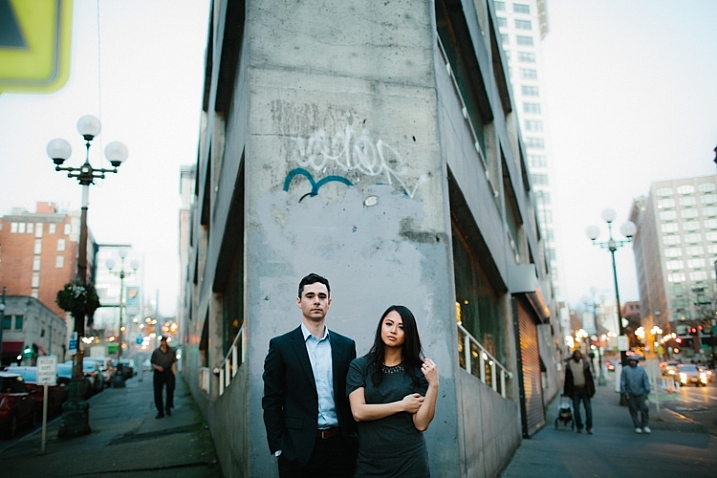
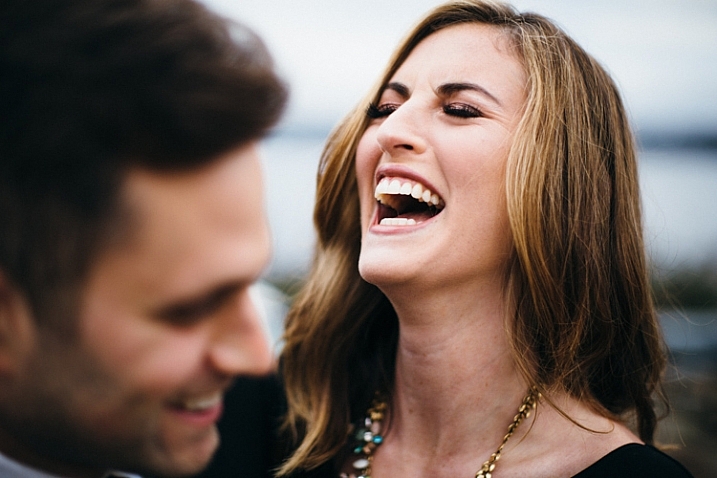
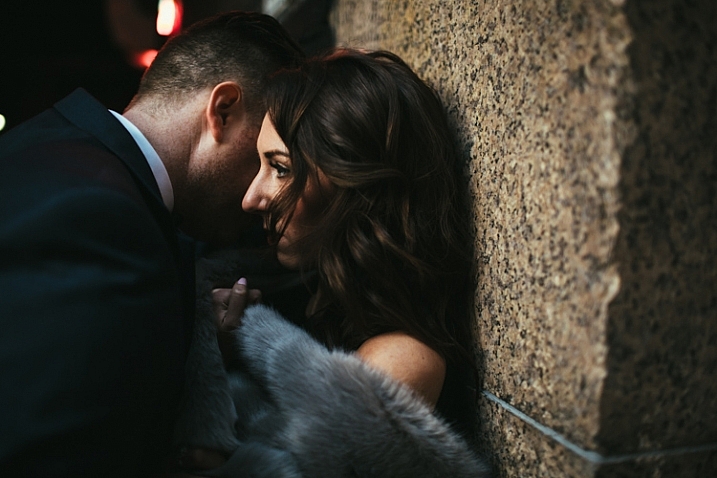

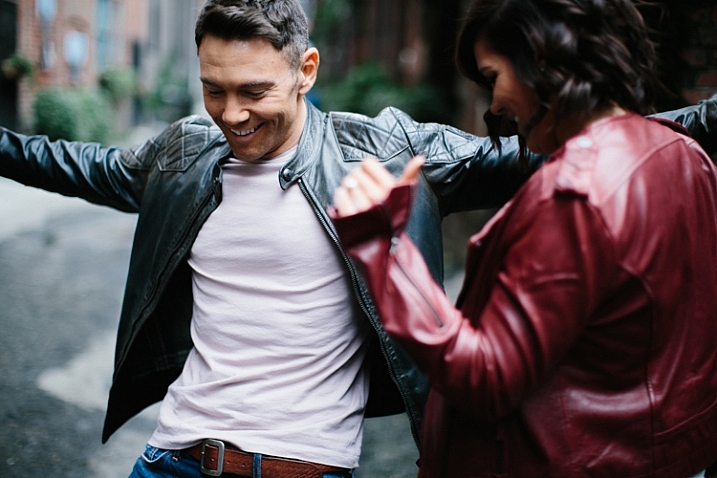
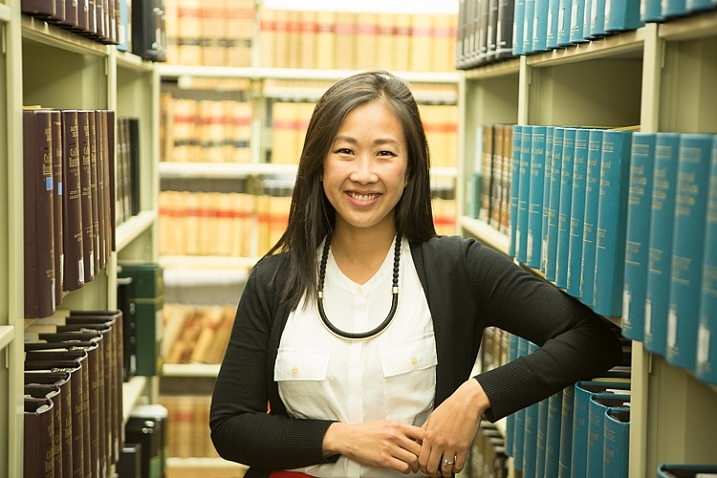
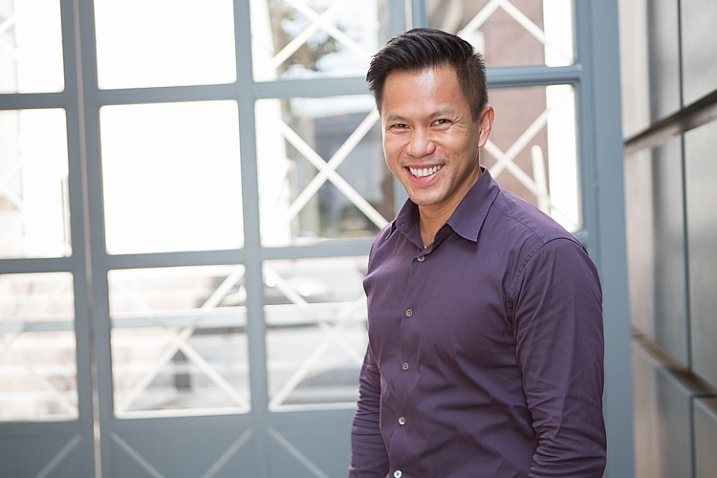


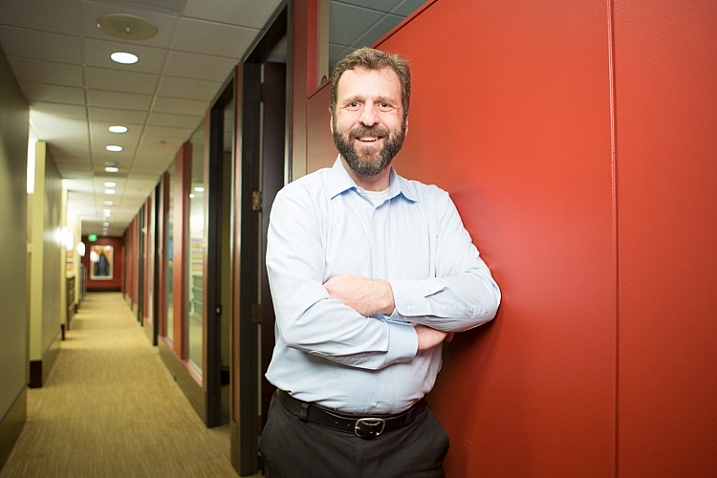
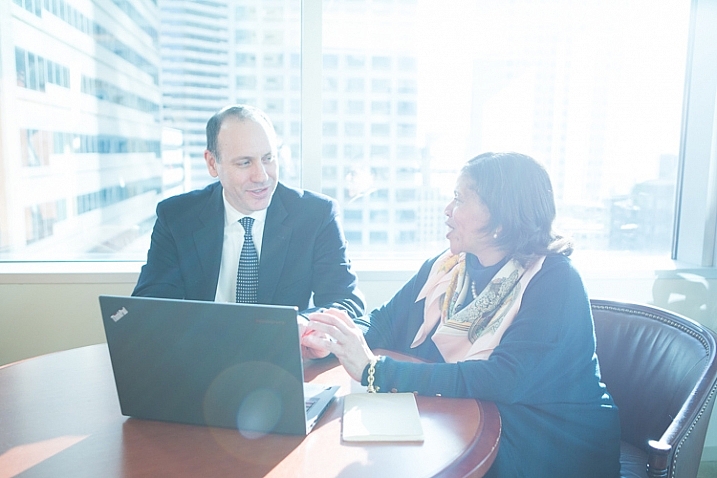


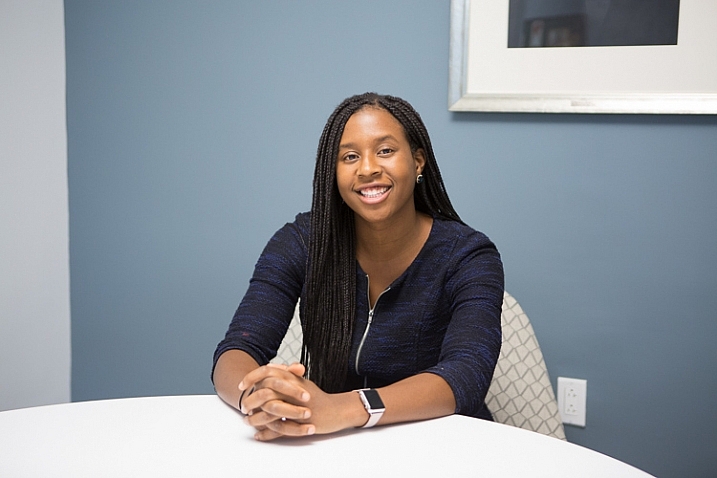

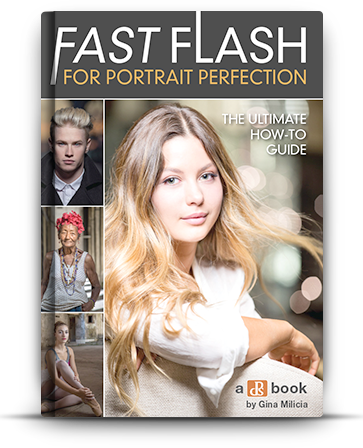
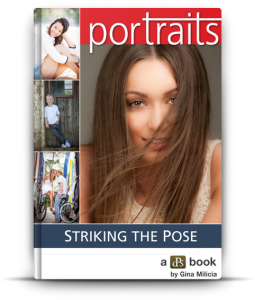 If you want to learn more about portrait posing and working with people, pick up one of the dPS ebooks by Gina Milicia Portraits: Striking the Pose (left) or her brand new one called: Fast Flash for Portrait Perfection (right).
If you want to learn more about portrait posing and working with people, pick up one of the dPS ebooks by Gina Milicia Portraits: Striking the Pose (left) or her brand new one called: Fast Flash for Portrait Perfection (right).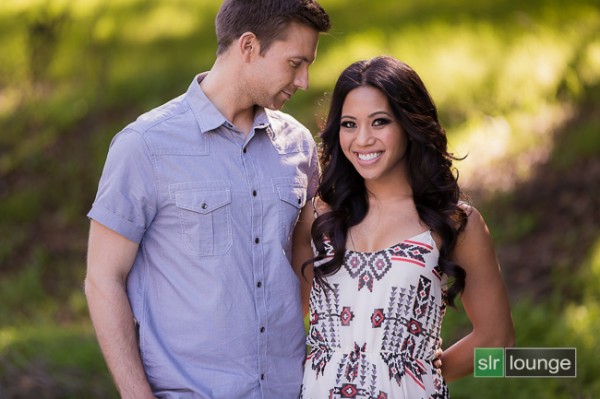

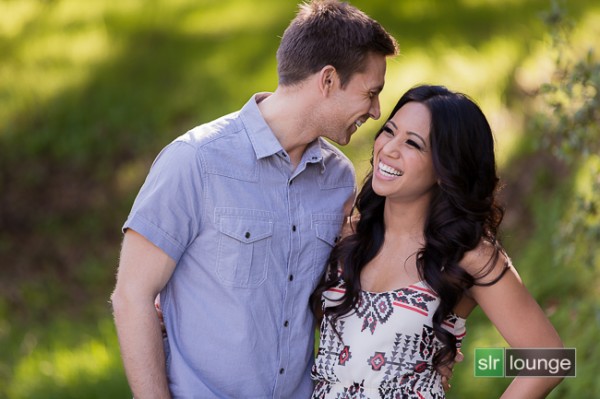

You must be logged in to post a comment.